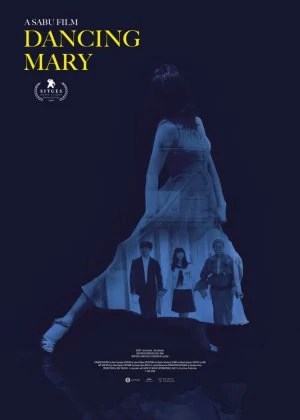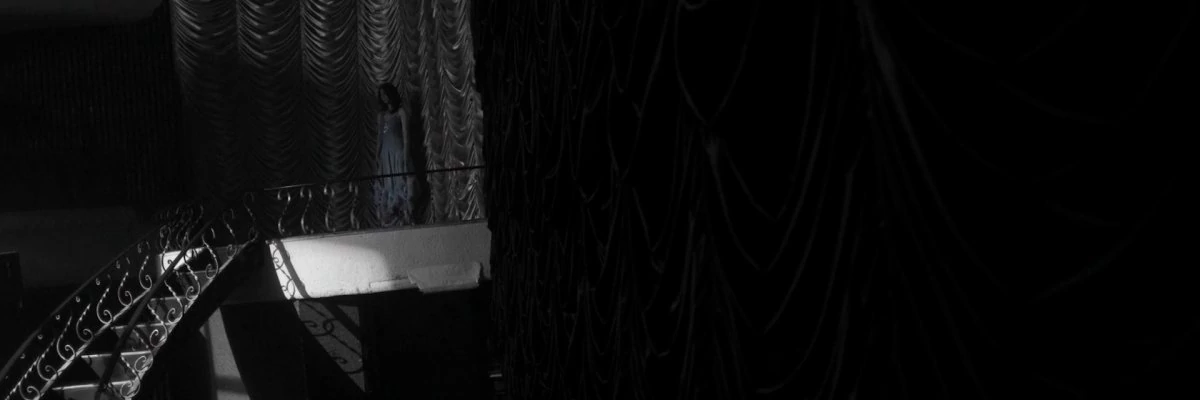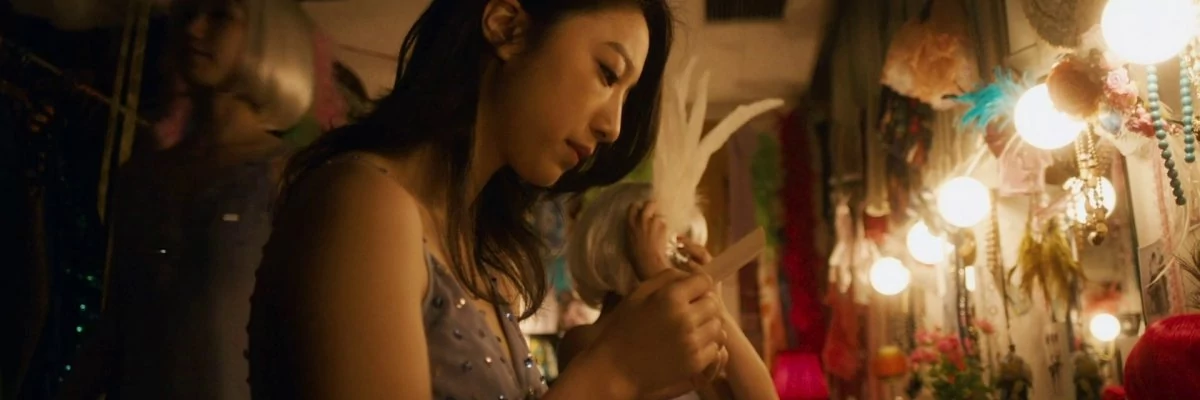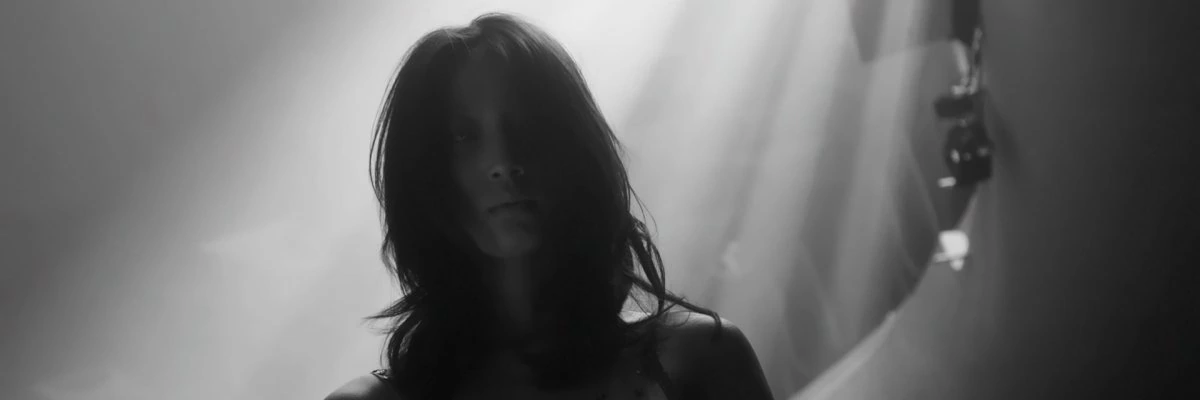Dancing Mary

I feel like I'm repeating myself (well, I know for certain I am), but Hiroyuki Tanaka deserves more credit for his work as a director. His entire oeuvre is of incredible quality, and he's been keeping that up for 25 years now. Whenever he comes with a new film, there's always that twinge of worry that it may not be up to par (after all, how long can one keep up a winning streak), but those worries always turn out to be unnecessary. Point in case Dancing Mary, one of Tanaka's latest films. A sprawling feature that defies easy description, but is sure to appeal to anyone who favors films that dare to take a chance.

Tanaka has never treated genre as a very strict or restrictive framework, but I don't think I've ever seen him mix so many genre influences within a single film. There's a bit of everything here, ranging from horror, mystery and fantasy, to crime, drama and even romance. And Tanaka brings all these different elements effortlessly together. Sometimes they're given a little room to develop by themselves, at other times they're quickly alternated, without ever taking away from each other's strengths. It's quite a sight to behold, but it does make it harder to sell the film.
Dancing Mary has two strong pillars at its core. On the one hand there's a classic ghost story about an unfulfilled romance that needs to be resolved. It's a pretty typical Asian horror setup that drives the film forward. On the other hand, the film focuses on Kenji, a young man who drifts through life without every taking a chance on anything. While Kenji has a steady job and behaves like he's expected to, there's no passion or drive that makes him care about the things he does. All that is about to change when one of his colleagues falls ill.
Kenji is asked to oversee his colleague's project: the demolition of an old dance hall. The tricky part is that people seem to believe the place is haunted. Several workers ended up injured when they tried to take the place down and the city's spiritual counselors can't or won't rid the place from its evil spirits. With nowhere left to go, Kenji teams up with a young student who can allegedly see and speak to ghosts. He is apprehensive at first, but when she allows him to see see the ghosts through her, something finally starts to change within him.

Visually it's pretty much on par with Tanaka's other films. It's not the most beautiful Japanese film you'll ever see, but the camera work is delicate, the editing is sharp and the cinematography solid. The stark black and white sequences do stand out though. It's clear that Tanaka remembered a thing or two from Miss Zombie, and it's nice to see him apply those skills in his other films. I did find myself longing for more of the black and white shots after a while, which I expect is somewhat of an unwanted consequence. But it's just a minor complaint, especially when there are more than a few memorable scenes here.
I know Tanaka as a director who makes excellent use of a soundtrack, and that's no different here. What did stand out was the fact that music is used very sparingly. There are only a handful of scenes that directly benefit for an underlying score, the rest of the scenes are silent, safe the dialogue and some ambient background noises. It's a somewhat surprising decision and there were times I think a score would've helped to accentuate certain scenes (like the yakuza showdown), but when the score does make its entrance it never fails to make a sizeable impact.
Tanaka loves to work with pop idols and drums up Naoto Kataoka (member of Exile) to play the lead. Naoto teams up with budding actress Aina Yamada to form the film's central duo. Regardless of their status as (relatively) freshmen actors, they do an excellent job and carry the film with ease. Ryo Ishibashi, Kaito Yoshimura and Bando Nozomi all shine in secondary roles. It's not the kind of film that will earn the cast any prizes, but their performances are all very strong and give the film some extra flair.

Like most of Tanaka's films, Dancing Mary takes a while to get going. That's always the case with films that wander off in different directions and mix genres on their own terms, but I guess it's better to be aware of it up front. Around halfway through, you should start to get a decent grip on the film and by then several stand-out scenes have already passed, inspiring the necessary confidence in the second half. Tanaka doesn't disappoint and works up to a strong, emotional and satisfying ending, tying up the most important knots.
Within Tanaka's impressive oeuvre, Dancing Mary isn't one of the big stand-outs. While it does everything right and shows unique skill in blending all the different element, it lacks the purity and creativity of some of Tanaka's best films. It sounds a bit harsh for a film I really liked, but that's just the bar Tanaka has set for himself. Don't let that keep you from watching this one though. Dancing Mary is a beautifully crafted, constantly surprising and joyous little film that entertains and delights, while also offering something extra to chew on for those who care. If anything, it's just more proof that Tanaka is one of the best Japanese directors of the past few decades.